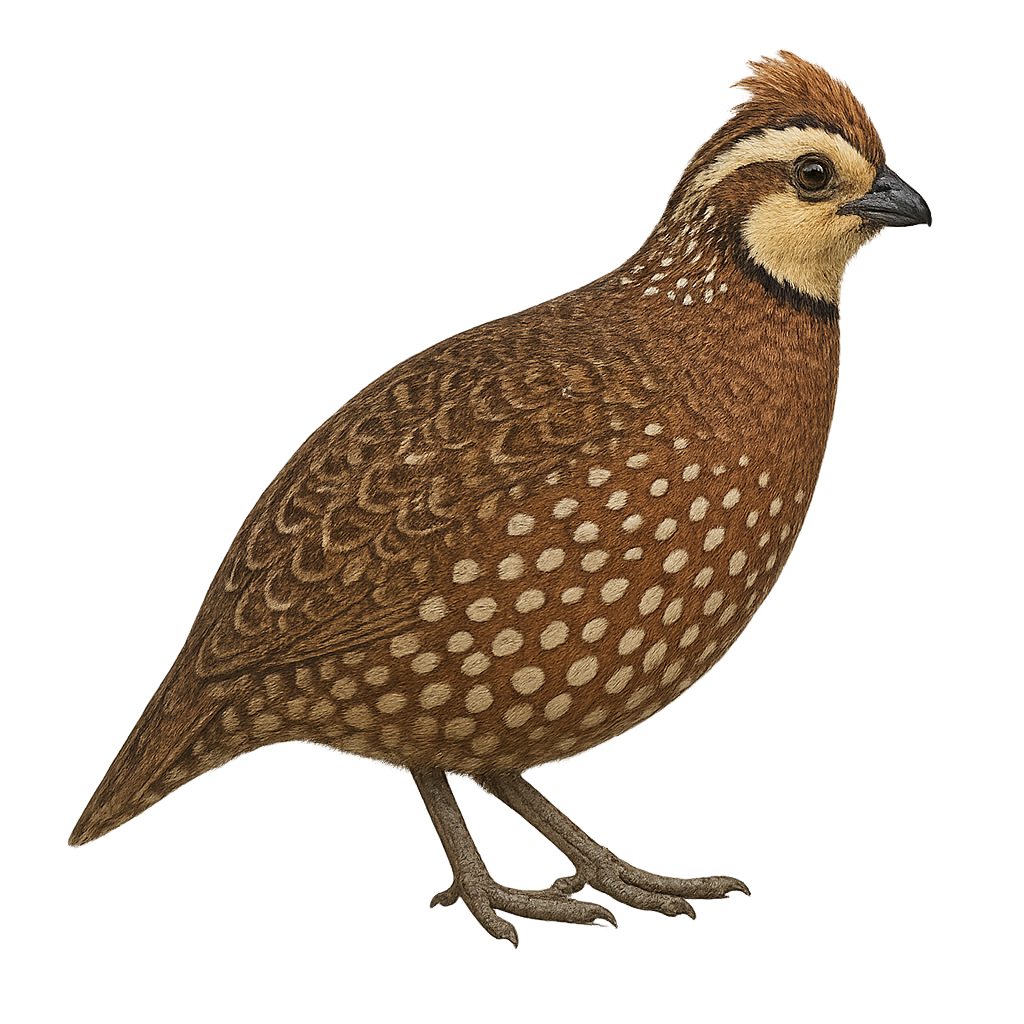Your wildlife photography guide.
Explore the crested bobwhite in detail, study its behavior, prepare your shots.
Where to observe and photograph the crested bobwhite in the wild
Learn where and when to spot the crested bobwhite in the wild, how to identify the species based on distinctive features, and what natural environments it inhabits. The WildlifePhotographer app offers tailored photography tips that reflect the crested bobwhite’s behavior, helping you capture better wildlife images. Explore the full species profile for key information including description, habitat, active periods, and approach techniques.
Crested Bobwhite
Scientific name: Colinus cristatus

IUCN Status: Least Concern
Family: ODONTOPHORIDAE
Group: Birds
Sensitivity to human approach: Suspicious
Minimum approach distance: 10 m
Courtship display: April to June
Incubation: 23-24 jours
Hatchings: April to July
Habitat:
Grasslands, savannas, open forests
Activity period :
Primarily active during the day, with peak activity in the morning and late afternoon.
Identification and description:
The Crested Bobwhite, Colinus cristatus, is a bird from the Odontophoridae family, recognizable by its distinctive crest. It measures about 22 to 25 cm in length and weighs between 140 and 180 grams. Its plumage is mainly brown with white and black patterns on the head and neck. Males and females are similar, although males often have brighter colors. This bird is primarily terrestrial and prefers open habitats such as grasslands and savannas. It feeds mainly on seeds, insects, and small fruits. The Crested Bobwhite is known for its distinctive calls, often heard at dusk. It forms family groups and is generally monogamous.
Recommended lens:
400mm – adjust based on distance, desired framing (portrait or habitat), and approach conditions.
Photography tips:
To photograph the Crested Bobwhite, it is advisable to use a telephoto lens of at least 400mm to capture detailed images without disturbing the bird. Approach slowly and remain discreet to avoid startling it. The best photo opportunities often occur early in the morning or late in the afternoon when the bird is most active. Try to capture the bird in its natural habitat, highlighting its distinctive crest and plumage patterns. Use a fast shutter speed to freeze motion, especially if the bird is active.
The WildlifePhotographer App is coming soon!
Be the first to explore the best nature spots, track rutting seasons, log your observations, and observe more wildlife.
Already 1 432 wildlife lovers subscribed worldwide

